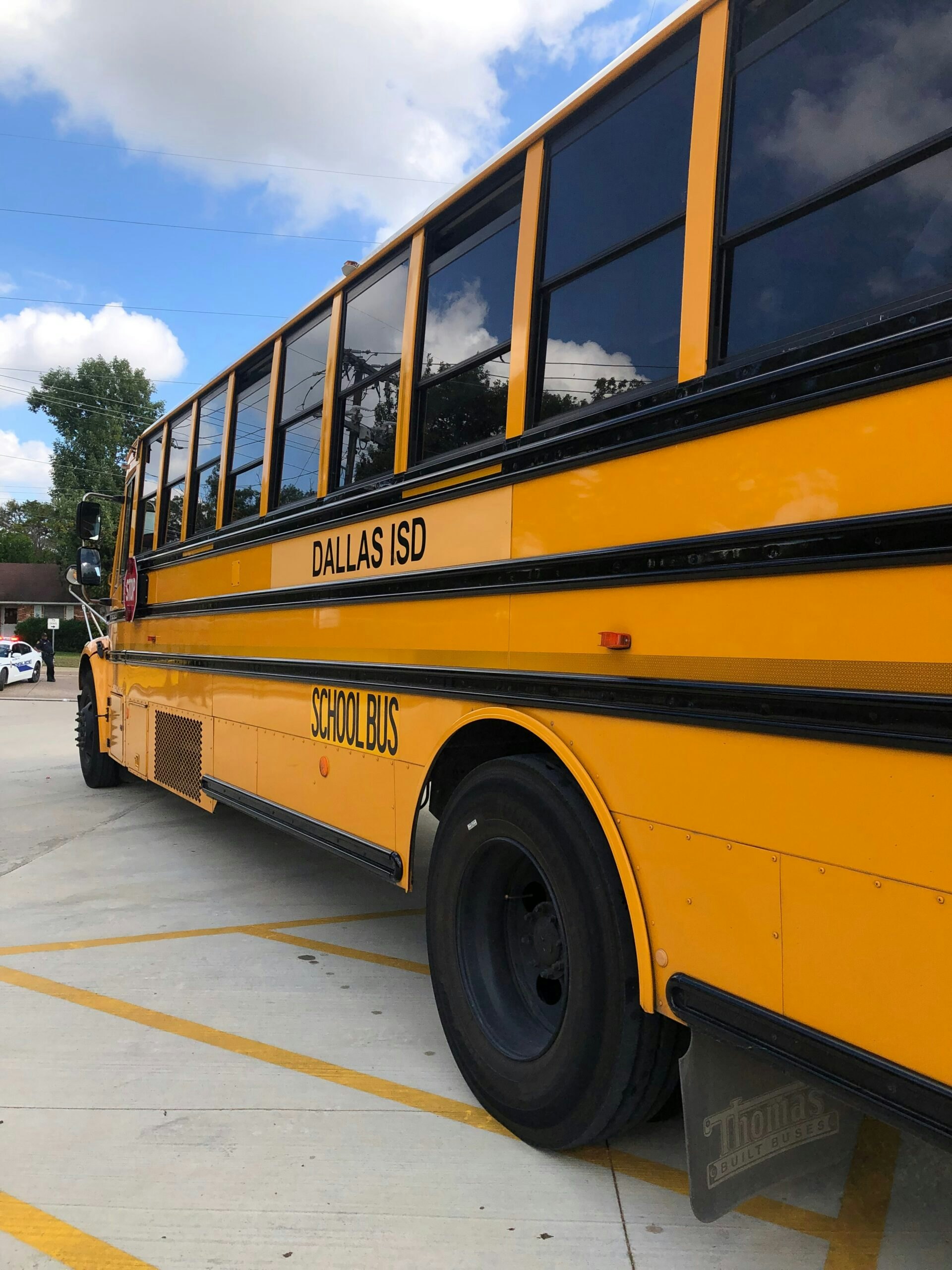Challenging terrain and natural disasters haven't slowed down Florida's growth
At the turn of the 20th century, Florida was considered our nation’s last frontier. The evidence supported that conclusion, too. Swamplands made travel to South Florida close to impossible and our watery wilderness made growth and development a challenge.
But then came the draining of the marshes south of Lake Okeechobee in the early 1900s. That undertaking provided an excellent landscape for agriculture. In turn, the fertile soil benefited the economy.
And by 1920, the state’s population had grown close to 1 million people. The growth was slow, but the building of drainage canals provided navigational access and brought on a land boom of speculators. After the opening of the Flagler railroad, which ran along the state’s entire eastern coast, Florida became accessible and open for tourism.
There was no looking back, although nature still played an adversarial role in the state’s growth. Following a series of devastating hurricanes in the 1920s, where over 2,000 lives were lost, the call to manage flood waters and protect lives and property became more urgent. Floridians battled against flood waters alone until 1947. Congress then directed the U.S. Army Corps of Engineers to construct the Central and Southern Florida Project (CS&F).
This project turned out to be one of the most effective water management systems in the world. The CS&F is a combination of levees, gated culverts, and locks encompassing Lake Okeechobee in the north, the coastlines to the west and east, and south to the Florida Keys.
Fifty years later, Congress stepped in again as Floridians realized that the efficient water management system had also severely impacted the natural ecosystem as well as Everglades and Biscayne National Parks. Passage of the Comprehensive Everglades Restoration Plan (CERP) made the federal government and the state 50-50 partners in the endeavor.
Modern adaptation strategies
CERP is a framework for restoring, preserving, and protecting the South Florida ecosystem for the future. Sixty eight CERP project components are currently underway at an estimated cost to taxpayers of over $10 billion.
Meanwhile, Florida’s economy still thrives and depends on land development, agriculture, and tourism. The South Florida Water Management District (SFWMD) remains the manager of this water control system, which serves over 8 million people, or more than one-third of the state’s population.
However, the water challenge remains relevant. Our coastal cities deal with water quality issues from blue-green algae and red tide to stronger hurricanes and higher sea levels that come through the impact of climate change.
The state’s conservative leadership is no longer in denial and understands that the environment is our economy. Florida continues to invest in restoration of the Everglades and water infrastructure improvements and repairs.
Florida’s Republican Governor Ron DeSantis has created an Office of Resilience and appointed a Chief Science Officer to implement adaptive solutions and innovations. They are designed to protect our water, maintain property values, and preserve the tourism industry. One intriguing solution is the creation of a five-member task force that is focused on reducing nutrients in Lake Okeechobee and downstream estuaries. The goal is to come up with recommendations that prevent future outbreaks of toxic algal blooms that devasted Florida’s coasts last year.
Regional governments in the southeast part of the state have been collaborating over the past decade to plan to mitigate the causes of climate and plan for higher seas. Our coastal cities are investing in resilient infrastructure and building stronger and higher structures to allow the state to continue to grow and thrive despite our current reality.
As a native Floridian and lifelong resident of Miami-Dade County, as well as a former water manager for the SFWMD appointed by Governor Jeb Bush, I know how challenging our water issues have become. I also know that we drained our state’s swamp over 50 years ago with the engineering and knowledge we had at that time to build the state we currently enjoy.
I do not subscribe to the “doom and gloom” club that looks at sea level rise projections daily and predicts that Florida’s coastlines are as good as gone. I am optimistic about our future and know that our political and business leaders are acting to reduce greenhouse gas emissions and embrace technology and innovation to outpace the threat of rising seas.
Florida will again rise above the water and find the solutions to continue growing our economy and protect our citizens’ assets and quality of life.
Irela Bagué, a 2015 Presidential Leadership Scholar, hosts the podcast Resilient Forward and is president of the Bagué Group in Coral Gables, Florida.



























